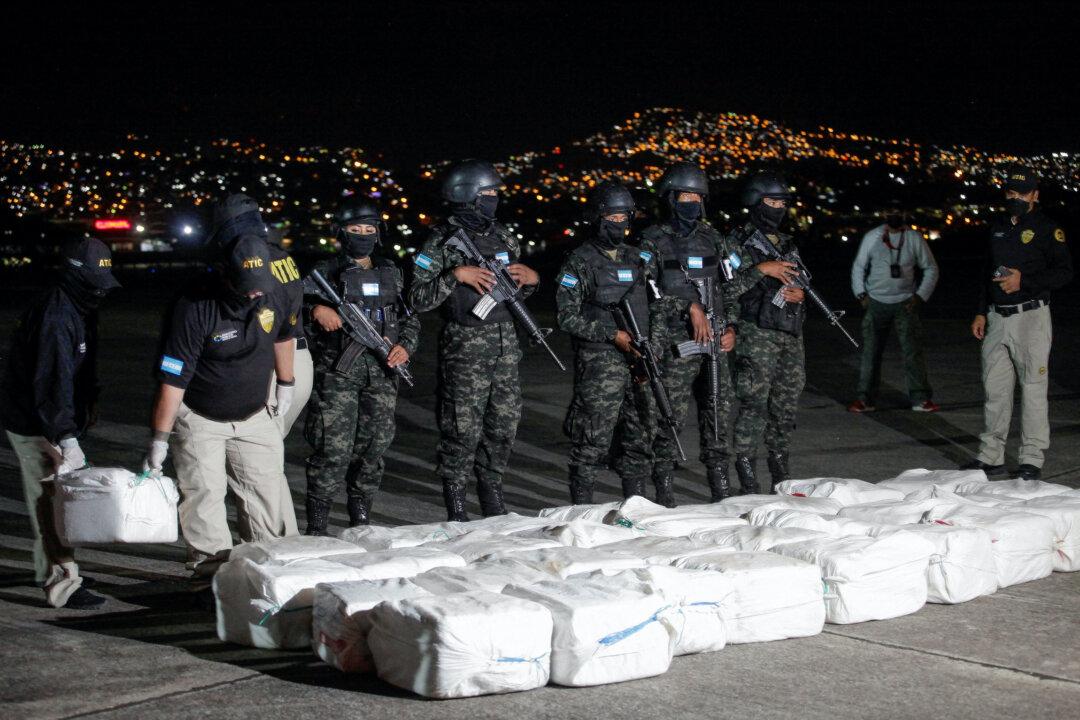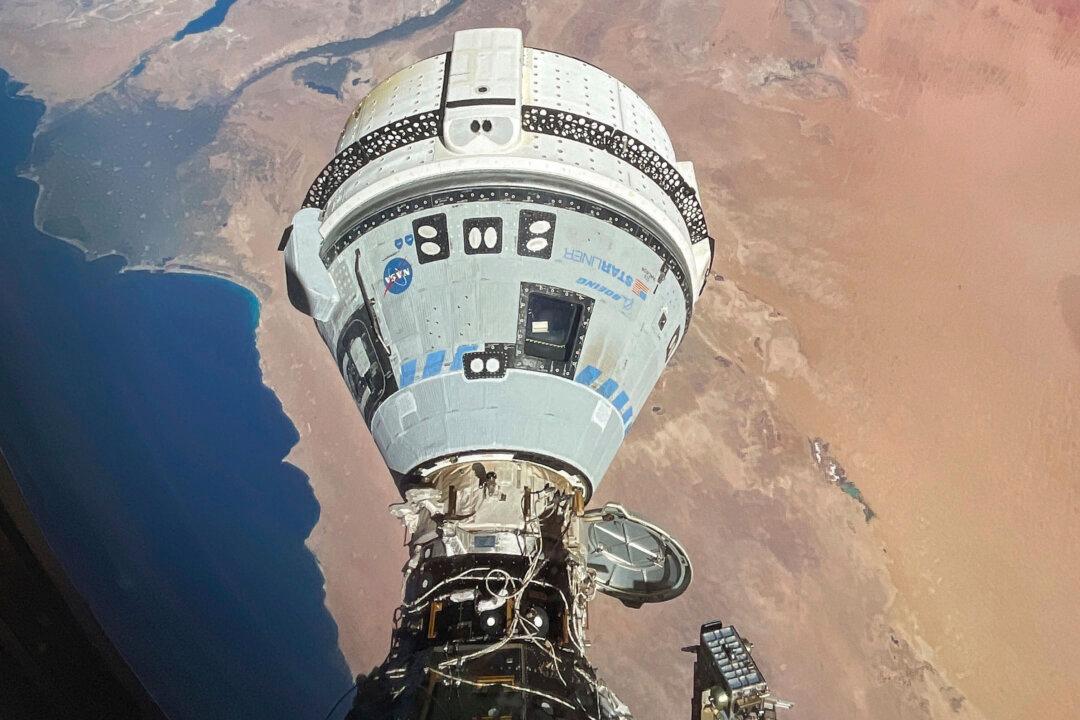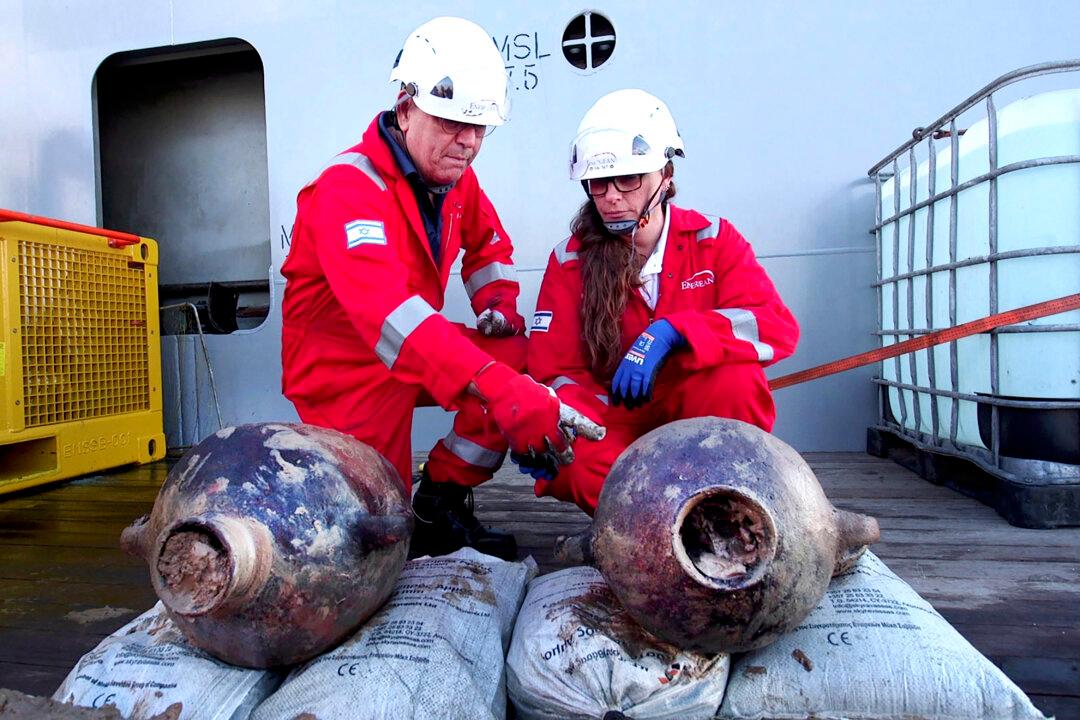Cocaine trafficking is booming worldwide while methamphetamine trafficking continues to expand beyond its established areas, including in Afghanistan where the drug is mainly produced, according to a United Nations report published on June 25.
Coca bush cultivation and total cocaine production were at record highs in 2021, the most recent year for which data is available, and the global number of cocaine users, estimated at 22 million that same year, is growing steadily, the U.N. Office on Drugs and Crime said in its annual World Drug Report.





